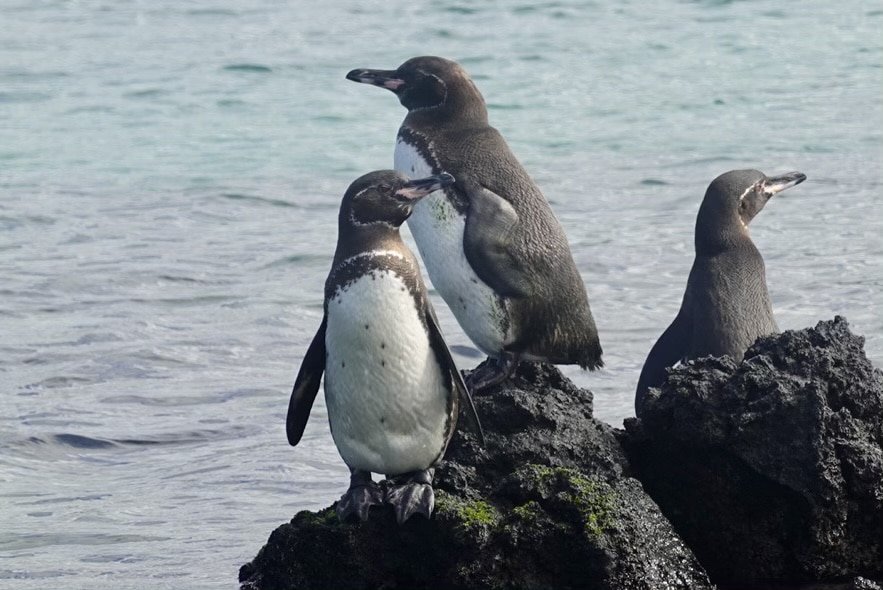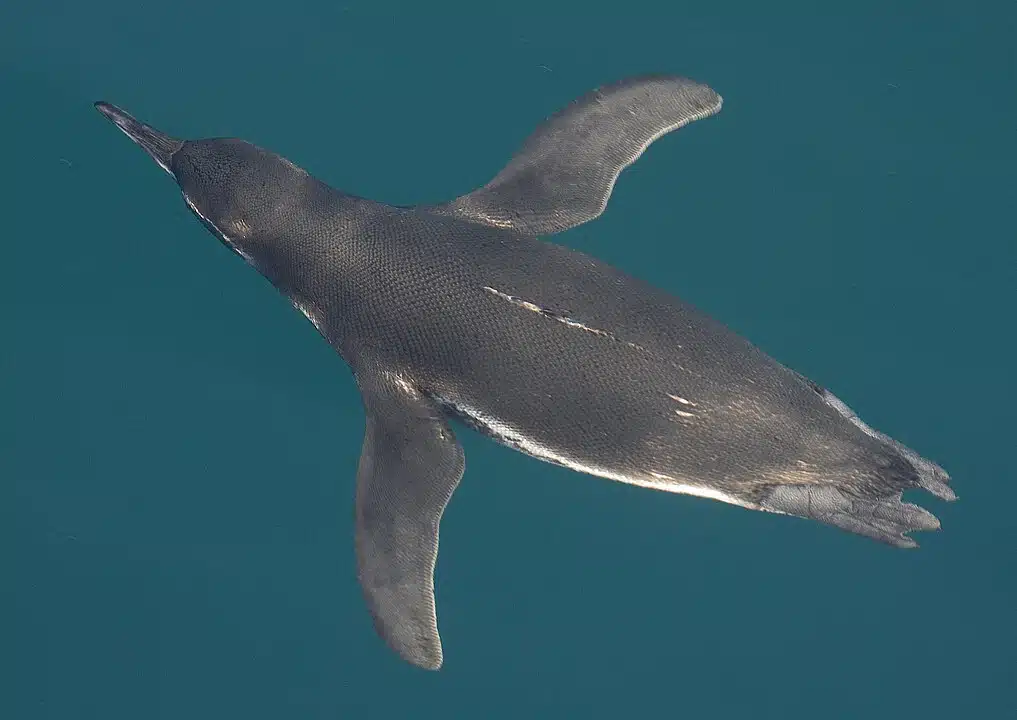The Peril of Microplastics
Microplastics are tiny pollutants ranging from 1 micron to less than 5 millimeters. They are now pervasive in global oceans, infiltrating marine food webs. A recent study led by scientists from the University of British Columbia’s Institute for the Oceans and Fisheries and Ecuadorian researchers has turned the spotlight on the endangered Galápagos penguin (Spheniscus mendiculus). This research serves as a crucial indicator of how deeply microplastic bioaccumulation has penetrated the food web in the isolated Galápagos Islands.

Research Methodology and Findings
The researchers analyzed seawater around Santa Cruz Island, near Galápagos penguin colonies, and found plastic particles. They developed a unique Galápagos penguin food web model using Ecopath and Ecosim (EwE) ecosystem modeling with the Ecotracer approach. This model tracked the potential bioaccumulation of microplastics in the penguins’ food web. They focused on their diet, which includes sardine, herring, salema, and anchovy.

The study also extended to the Bolivar Channel Ecosystem, which is part of the penguins’ habitat. The findings were alarming: a rapid increase in microplastic accumulation and contamination across the penguins’ prey organisms. The Galápagos penguin showed the highest level of microplastics per biomass, followed by barracuda, anchovy, sardine, herring, salema, and predatory zooplankton.
Implications and Call to Action
Karly McMullen, the study’s first author, emphasized the significance of the findings, noting the accumulation behavior and residence time of microplastics in the gut. This research highlights the urgent need to address the growing concern for marine fauna and coastal wildlife, even in remote and protected areas like the Galápagos Archipelago.
Dr. Juan Jose Alava, senior author and Principal Investigator of the Ocean Pollution Research Unit at the University of British Columbia, echoed these concerns. He stressed the importance of this food web bioaccumulation modeling work in supporting risk management of hazardous plastic waste, reducing microplastic emissions, and informing local and international marine policy. The goal is to conserve endangered, endemic seabird species of the Galápagos Marine Reserve.
The study underscores the necessity of prioritizing efforts to reduce microplastic input into vulnerable ecosystems and food webs. Particularly those of endangered species like the Galápagos penguin. It serves as a stark reminder of the far-reaching impacts of human activities on even the most remote and protected natural environments.
You might also enjoy:
Battle Beneath The Ice: Penguin Evades Seal In Antarctic Waters
Watch: Penguin Jumps Into Boat to Avoid Attack by Three Orcas
Robot Penguin Meets Real Penguins
Join our Forum for free today!

- The Bond Between a Wild Baby Bison and Her Rescuer - July 20, 2024
- An Excited Husky’s First Ever Time in Snow - July 20, 2024
- Top 20 Colorful Species To Brighten Your Day - July 14, 2024

